Terminology
Page Contents
Terminology
Terminology is the default terminal emulator supplied with Bodhi Linux. For numerous reasons, the Linux terminal can be known by many other names Terminal, Console, Command-Line Interface (CLI), Shell, Bash, etc.. Terminology is used to run Linux commands. To launch, left-click on its icon located on the shelf, or type “Terminology” into Quick Launcher (<ctrl>+<space>), or navigate to Main Menu > Applications > System Tools > Terminology.

Useful Terminal Hotkey Combinations
- <ctrl>+<shift>+<c> – copy
- <ctrl>+<shift>+<v> – paste
- <ctrl>+<r> – searches command line history
- <ctrl>+<l> – clears the terminal (lower case ‘L’)
- <ctrl>+<u> – erases entire line to the left of cursor
- <ctrl>+<k> – erases to the right
- <ctrl>+<w> – erases one word left
- <ctrl>+<d> – logout or exit
Configure Terminology
Right-click anywhere in the Terminology window to bring up the Configuration menu. You will now see control buttons to change settings and perform the following functions:
- Create a new terminal window
- Copy/paste texts
- Split the terminal window horizontally or vertically
- Open Settings to customize Terminology
- Miniview
- Display details of Terminology
- Close Terminology
While the Configuration menu is open, click Settings. From here you are able to change:
- Behaviors (alerts/bells, cursor style)
- Mouse
- Font
- Theme
- Backgrounds
- Colors
- Keybindings
- Toolkits
Clicking on a blank space on Terminology will close the Settings and Configuration menus.
Embedded Tools/Functionality
Terminology comes with some embedded command-line functionality to make your life easier. These being:
tyls– List directory contents with bells and whistles,tyalpha– Set background transparency level,tybg– Change the Terminal background image,tycat– Display inline a media file or a URL,typop– Display in a popup a media file or a URL,tyq– Queue media files or URL to be popped up,tysend– Send files to the terminal. It can be useful through ssh.
Further reading
For a more comprehensive user guide please refer to the eBook: Bodhi 7.0.0 – The Complete Guide for Beginners, details on how to access/download this free eBook can be found in the FAQ’s
Additional Resources:
Bodhi Linux Home
Bodhi Linux – Wiki Home Page
Bodhi Linux – Wiki Table of Contents
